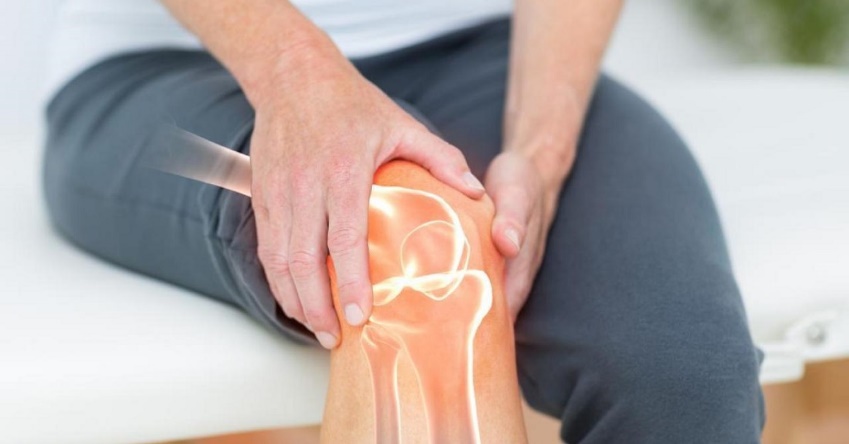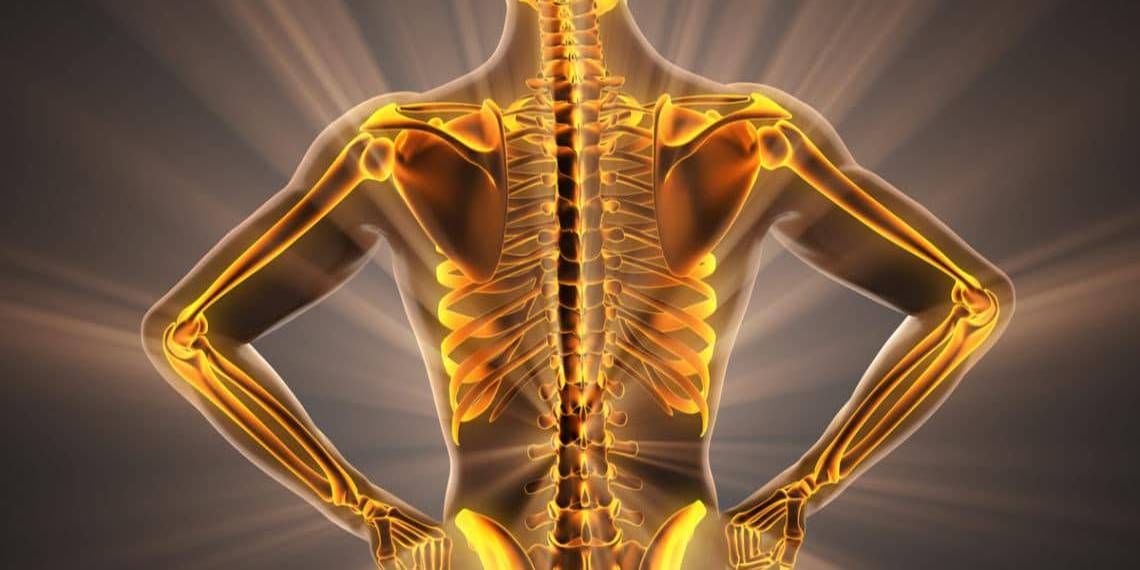Good and Bad Cholesterol
Some cholesterol is necessary for proper body function. But dietary saturated fat and cholesterol both raise levels of LDL "bad" cholesterol. High levels of LDL cholesterol can cause plaque to build up in arteries, leading to heart disease and stroke. HDL is a "good" cholesterol in that it helps eliminate bad cholesterol from your blood. It is possible to lower LDL cholesterol and raise HDL cholesterol with your diet.
Portion Control: Use Your Hand
Eating super-sized meals contributes to weight gain and high cholesterol. An easy way to practice portion control for a meal is to use your hand as a measuring instrument for portions. One handful is about the size of one portion of food.
Serve Up Heart-Healthy Food
When it comes to fruits and vegetables, pick up the pace! Multiple servings throughout the day can help lower LDL "bad" cholesterol. Moreover, these foods have antioxidants that can be beneficial. Also, eating more vegetables and fruits often results in eating fewer high-fat foods. This can also lower your blood pressure and promote weight loss.
Think Fish For Heart Health
Eating fish is especially heart healthy because many fish are high in healthy omega-3 fatty acids and low in saturated fat. It is the omega-3 fatty acids that help lower blood levels of triglycerides. Stick to fatty fish, which has more omega-3. Keep in mind that deep oil frying of any food diminishes its health benefits.
Start the Day With Whole Grains
Oatmeal and whole-grain cereal have fiber and complex carbohydrates that help you to feel fuller for longer, so you'll be less inclined to overeat later in the day. These breakfasts help reduce LDL "bad" cholesterol and can help with your weight control.
Go Nuts for Cardiovascular Health
Nuts help to lower cholesterol because they are high in monounsaturated fat. This form of fat lowers LDL "bad" cholesterol while maintaining HDL "good" cholesterol levels. This can lower the risk of heart disease. Only eat a handful, though, because nuts are high in calories, especially if they are coated in sugar or chocolate.
Unsaturated Fats Protect the Heart
Our daily fat needs are only about a third of our daily calories. However, the form of fat makes a difference. Unsaturated fats (in canola, olive, and safflower oils) lower LDL "bad" cholesterol levels. Saturated fats (in butter and palm oil) and trans fats increase LDL cholesterol. All fats have calories. Moderation is the key.
Eat More Beans, Fewer Potatoes
Carbohydrates are important for energy production. However, there are differences in the quality of carbohydrates, too. Whole grains like beans, quinoa, whole-wheat pasta, and brown rice are high in fiber that can help lower cholesterol. Whole grains also keep you feeling full longer. The carbohydrates in pastries, white rice, white bread, and potatoes boost blood sugar levels rapidly. This can lead you to feel hungry sooner, potentially leading to overeating.
Get Moving with Exercise!
Short intervals of regular exercise can help lower triglycerides and raise HDL cholesterol. Exercise also improves cardiovascular health by helping you maintain an optimal body weight. It can help you stick to a healthy weight, which can lower your blood pressure and heart disease risk too. This is one non-medication option to lower cholesterol through diet.
Just Go for a Walk
Walking is easy, healthy, and a good pair of shoes is your only requirement. This too Walking can lower your risk of stroke and heart disease, help you lose weight, maintain balance, and keep bones strong. Short walks are much better than no walks, so don't be afraid to start there. You can gradually work your way up to longer walks as your body builds strength.
Work Out Without Going to the Gym
Any kind of cardiovascular activity can benefit your heart. But check with your doctor for guidelines. Simple activities that can be of benefit include gardening, dancing, or taking the stairs instead of the elevator. Even housework can qualify as exercise.
Take Control of Your Health
Stay on track with a consistent program of cholesterol management and learn the tricks that maintain your health. Checking food labels for nutrition facts can be very helpful. It can also help to vary your exercise routine to keep you challenged and motivated.
What to Do When Eating Out
When you eat out, be careful about the quality and quantity of your meal. Watch out for hidden salt, calories, and saturated fats. Don't super-size your order. Choose broiled, baked, steamed, and grilled foods instead of fried. Ask for sauces on the side, so you can choose how much you want.
Watch for Hidden Traps
Managing cholesterol with your diet begins at the grocery store. Look at nutrition labels. Check serving sizes. Does a single-serve package contain two servings instead of one? Choose foods that are low in saturated fat and have very little or no trans-fat.
Don't Stress
Stress can raise your cholesterol level rapidly. It can also raise blood pressure, which may lead to heart and blood vessel disease. Stress reduction can be fun. Take a break from your usual routines of daily living. Simple and effective methods to reduce stress include meditation, biofeedback, and relaxation exercises.
Losing Means Winning
Losing weight when you are overweight or obese lowers blood pressure, cholesterol, and triglycerides and decreases your risk of stroke and heart disease. An optimal body weight puts less stress on the heart. It also reduces the strain on joints and ligaments.
Follow Your Doctor's Advice
Continue managing a normal cholesterol range for life with regular doctor checkups, exercise, and healthy food choices. These lifestyle changes can help you to reduce the risk of disease and promote longevity. Work with your health care professionals to get tips to improve your cholesterol by changing your routine.
Source: https://www.onhealth.com/
Santegra® products CardioPhyt™, FortiFi™, Cranalon™, Arthromil™ help to lower cholesterol.








